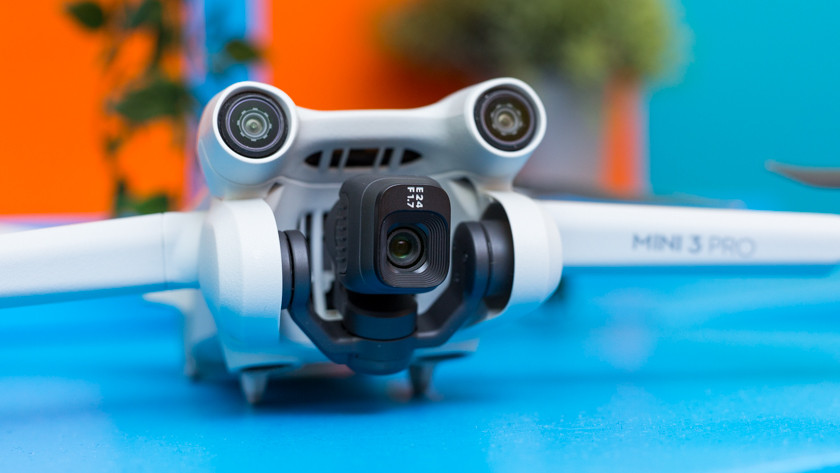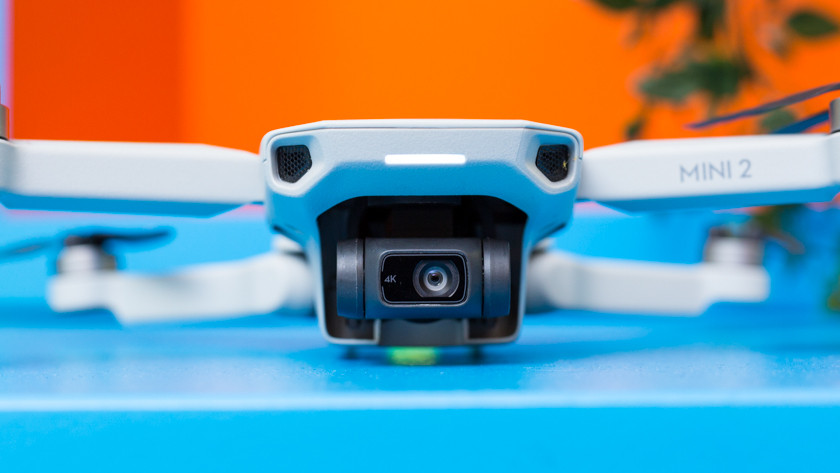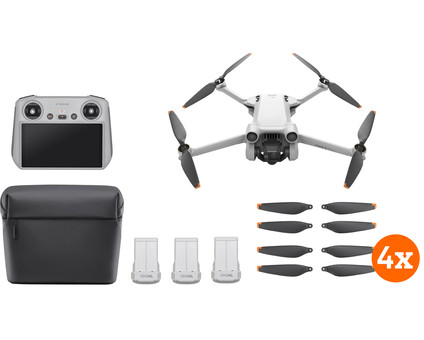
Compare the DJI Mini 3 Pro to the DJI Mini 2
View the DJI Mini 3 Pro and DJI Mini 2
Compare the DJI Mini 3 Pro and DJI Mini 2
| DJI Mini 3 Pro | DJI Mini 2 | |
|---|---|---|
| Maximum flight time | 34 minutes | 31 minutes |
| Sensor size | 1/1.3 inch | 1/2.3 inches |
| Video resolution | 4K, 60 fps | 4K, 30 fps |
| Number of megapixels | 48 | 12 |
| Course required | No | No |
| Record vertically | Yes | No |
| HDR photo and video | Yes | No |
| Obstacle detection | Yes | No |
Image quality

DJI Mini 3 Pro: 4K, 60 fps, and record vertically
For its compact design, the DJI Mini 3 Pro has a relatively large 1/1.3-inch sensor that supports HDR recordings. This way, you can record detailed imaged in 4K or take 48-megapixel photos. In 4K, you can record videos in up to 60 fps, so they look smooth. A new function of the Mini 3 Pro is vertical recording. DJI calls this True Vertical Shooting. These image are ready to go on TikTok or Instagram right away.

DJI Mini 2: 4:. 30 fps
The DJI Mini 2 has a smaller 1/2.3-inch sensor. This way, you can record in 4K at 30 fps or take 12-megapixel photos. The videos look detailed, but they have less frames per second than those of the Mini 3 Pro. The Mini 2 can't record HDR images. This means that you see fewer details in very bright or dark areas of your images. It also can't record vertically.
Remote

DJI Mini 3 Pro: Smart Controller with screen
The DJI Mini 3 Pro is available without remote, with a standard remote, or with a Smart Controller. The Smart Controller has a large screen, so you can connect it to your drone without using your smartphone. Do you still have a standard remote because you have a Mini 2 and you want to switch, for example? Buy a separate drone. The remote of your Mini 2 is also suitable for the Mini 3 Pro.

DJI Mini 2: standard Remote Controller
With the DJI Mini 2, you'll receive a standard remote. At the top of the remote, there's a phone mount where you can place your smartphone. You'll see what your drone is recording on your phone screen. That's also where you can adjust the drone settings. That means you can't control this drone without your smartphone. In terms of controls, the remote works the same as the Smart Controller.
Design

DJI Mini 3 Pro: compact design and lightweight
DJI changed the design for the Mini 3 Pro a bit. At the front, there are 2 large sensors and the gimbal is attached in a different way. This way, the drone looks a bit bigger. Is still only weighs 249g, so you don't need a course to fly it. That makes it suitable for beginner drone pilots. You can also easily take it with you on a trip, thanks to the compact design. When it's folded in, the dimensions of the drone are 145 by 90 by 62mm.

DJI Mini 2: compact design and lightweight
The DJI Mini 2 looks more aerodynamic and it has slightly shorter propellers than the Mini 3 Pro. This also makes the drone a bit smaller. When it's folded in, the dimensions of the Mini 2 are 138 by 81 by 58mm. The drone only weighs 249g, so you don't need a course. Thanks to the compact design and low weight, you can easily take it with you. You can store it securely with the included strap that goes around the drone and protects the propellers.
Conclusion
The biggest difference between the DJI Mini 3 Pro and the Mini 2 are the image quality and the option to record vertically. The Mini 3 Pro has a larger sensor, so the image quality is higher. In addition, you can record at a higher number of frames per second, and it supports HDR. For beginner drone pilots, the Mini 3 has obstacle detection sensors. If that doesn't fit in your budget, the Mini 2 is a nice alternative. This can also record sharp images.




